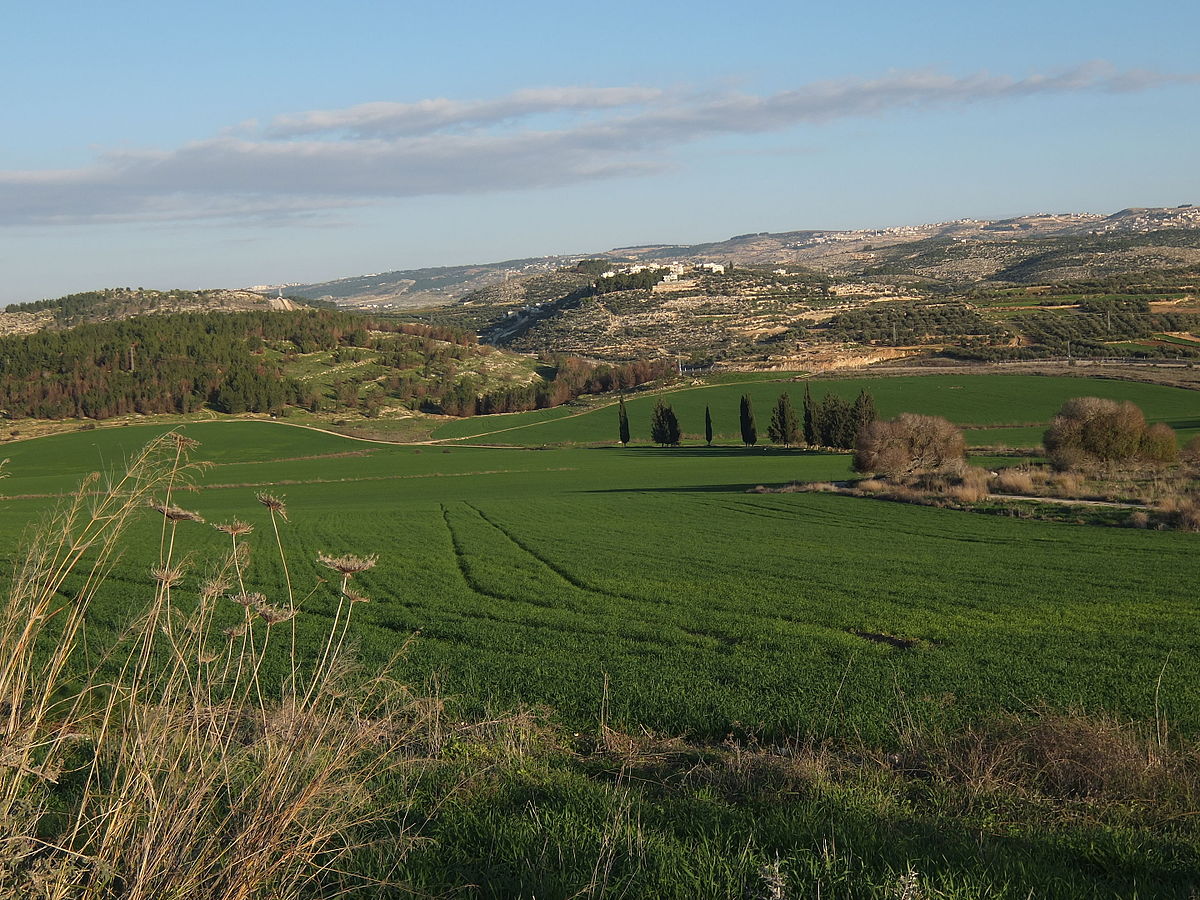The land of Israel, also known as the Holy Land, has a rich history and plays a prominent role in the Bible. From the time of Abraham and Moses to the reigns of King David and King Solomon, the geography of Israel shaped the lives and faith of its people. Here's a closer look at the geography of Israel in the Bible and its significance.
- The Land of Milk and Honey: The Bible often refers to Israel as the "land of milk and honey." This term refers to the land's abundant natural resources, including fertile soil and water sources. These resources allowed the people of Israel to thrive and build a prosperous society.
- The Promised Land: The land of Israel was promised to Abraham and his descendants by God in the book of Genesis. This promise was later reaffirmed to Moses, who led the Israelites out of slavery in Egypt and into the land of Canaan, which would later become Israel.
- The Jordan River: The Jordan River plays a significant role in the Bible, as it was the site of many important events. It was the place where John the Baptist baptized Jesus, and it was the river that the Israelites crossed to enter the Promised Land.
- The Sea of Galilee: The Sea of Galilee is a freshwater lake located in northern Israel. It was the site of many of Jesus' miracles, including the feeding of the 5,000 and the calming of the storm.
- The Dead Sea: The Dead Sea is a saltwater lake located on the border between Israel and Jordan. It is the lowest point on earth and is known for its high salt content. The Dead Sea is also mentioned in the Bible as the site of the destruction of Sodom and Gomorrah.
- Jerusalem: Jerusalem is one of the oldest cities in the world and is considered holy by three major religions: Judaism, Christianity, and Islam. It was the site of the Jewish Temple, which was destroyed by the Romans in 70 AD, and is now the location of the Dome of the Rock, a Muslim holy site.
Understanding the geography of Israel in the Bible is essential to understanding the history and significance of the region. The land's abundant resources, its role in God's promises, and its importance in the life of Jesus and the early Christian church all make it a vital part of biblical history. By exploring the geography of Israel in the Bible, we can gain a deeper appreciation for the faith and culture of the people who called it home.




